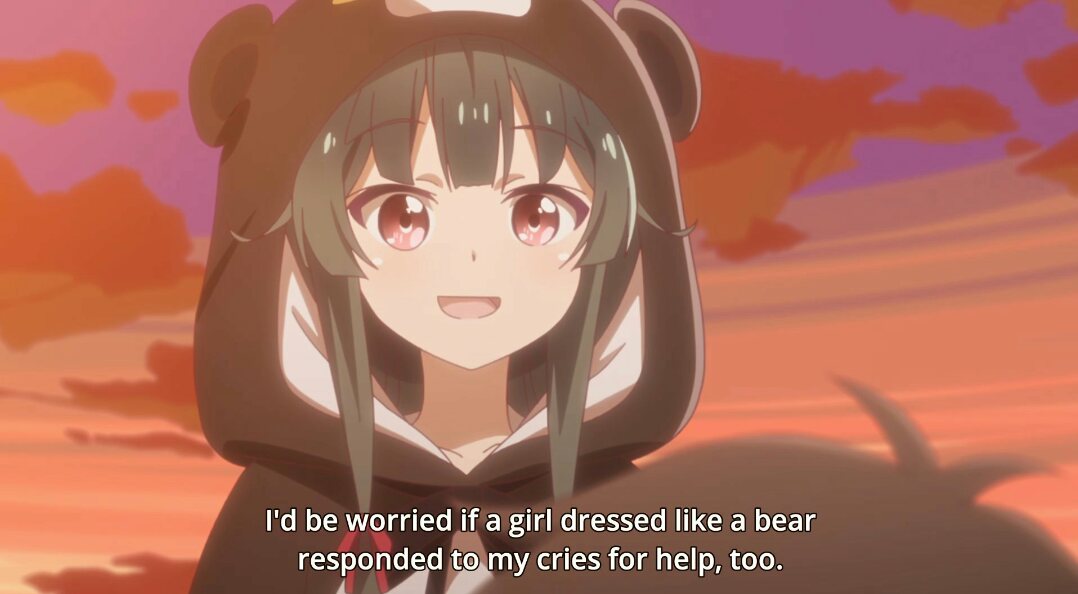SEASONAL PRATTLE
Coming in at the top of this week, for a season that’s so far had its fair share of underwhelming to middle of the road starts, Adachi to Shimamura looks like a solid change of pace – having an opening act that glides on good storytelling fundamentals and associated tangibles to a pleasant close. This premiere utilizes a lot of tiny, passive interactions to cement Adachi and Shimamura relationship: Exhibiting credible dialogue and understated sound design in the process to make that effective. There’s plenty of incidental shots and wispy sequencing that establish the closed atmosphere of the school and muted happy space our leads primarily occupy, and the show’s visual identity is more elegant and varied in its directional cues and composite than anticipated. This show’s narrative moves methodically, and it often advances more with the timing and priorities of a slice of life than any of the other genre tags attached to it. And that’s perfectly fine! More meditative, slower shows are always welcomed as long as they’re properly executed, and execution seems to be no problem here.
Majo no Tabitabi (2)
“There’s a surprising amount of grace to this week’s more introspective content, with intimate scenes doing a good job of illustrating the specific tenor of Saya’s feelings”
Second time around and Majo no Tabitabi has only reinforced its status as one of Fall’s best newcomers, serving another plate of its tidy, witch based storytelling. Two is composed of Saya’s small, yet ultimately warm tale that’s never overtold and leads viewers with clear precision through Elaina’s time spent with her and the greater reaches of the Land of Mages. There’s a surprising amount of grace to this week’s more introspective content, with intimate scenes doing a good job of illustrating the specific tenor of Saya’s feelings, and the show’s level of character acting being effective to the very end in selling its personal drama. Couple that with another round of this series’ beautiful environments and consistently free-spirited tone, you end up with another good run.
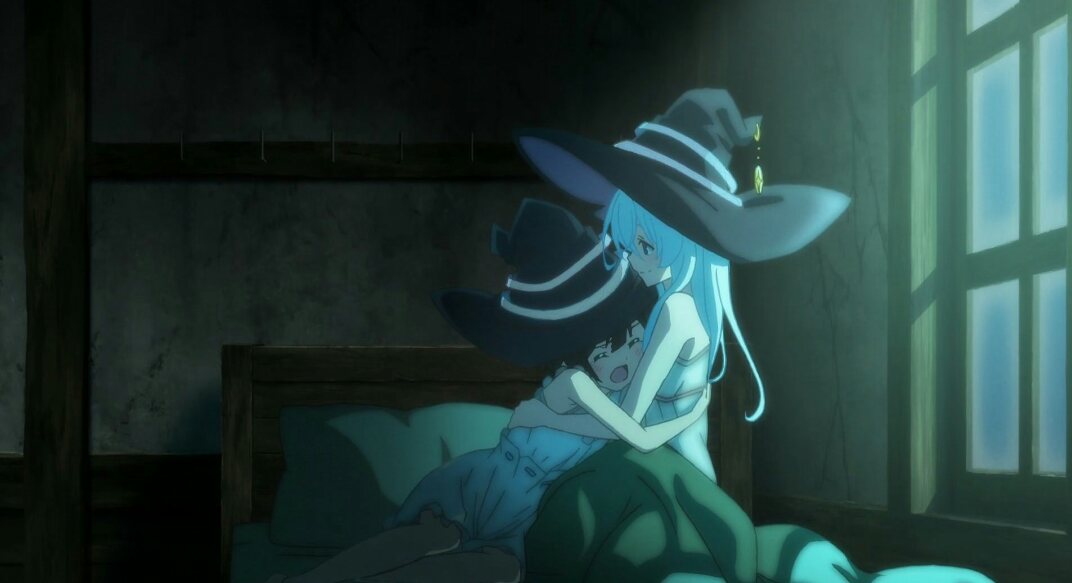
Akudama Drive (1)
“High on its sense of style and acuity of both total direction and individual shot composition”
Akudama Drive gets going, delivering an energetic Cyberpunk performance that’s easily more aesthetically polished than a large chunk of its Fall class. Episode one appears to be very disciplined in the world it wants to invoke: The show is high on its sense of style and acuity of both total direction and individual shot composition – with basically every tangible touchpoint down to its color scheme working in favor to convey its loud futuristic environment, and the heist like, bombastic action that would inevitably ensue. The lively backing tracks this show deploys only amplifies that, working very well with a number of ostentatious and slick framing devices that they’re matched with. Where episode one finds itself in a bit of trouble is with the cast, who all feel horribly limited so far to really blatant archetypes, and the jury is still out on the actual story. However, this start is pretty engaging when consumed as an action piece and does more than enough to be optimistic about its immediate future.
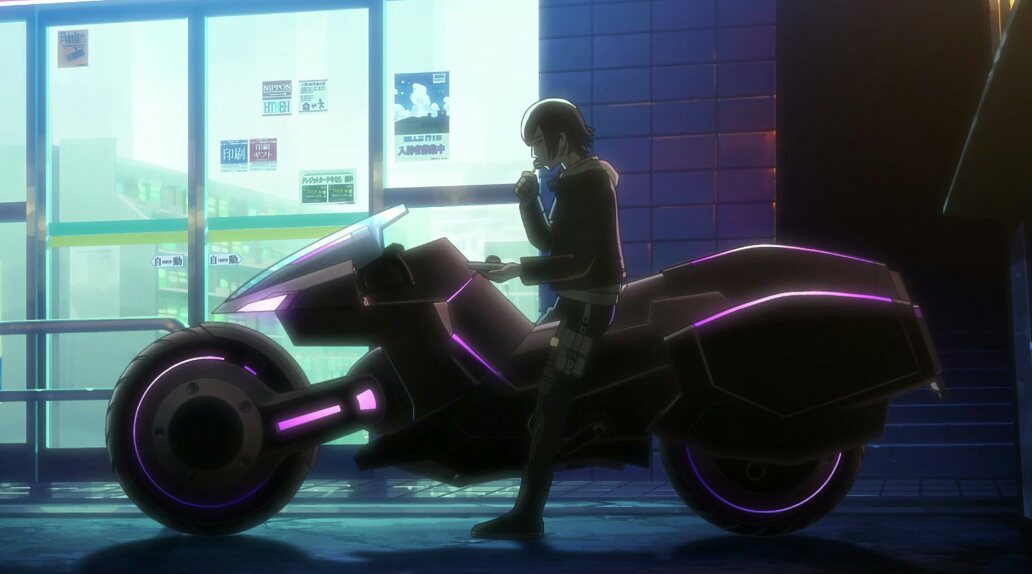
Jujutsu Kaisen (2)
“Mostly functional, administering a lot of material intended to better set this series’ stage”
Despite a strong start, I was slightly worried Jujutsu Kaisen wouldn’t be able to maintain the gravity of its first episode, following through on its promising design, layouts, and general vitality with a notable level of consistency – but it turns out I had nothing to fear! In terms of narrative, episode two lands as mostly functional, administering a lot of material intended to better set this series’ stage by rolling out some needed introductions of new faces and locations with relative polish, but not venturing too far from shounen formulas you would expect. Be that as it may, Kaisen’s level of craft still makes what’s virtually a stepping stone episode pleasing – doing a sound job in its execution and scoring some immersive sequences along the way. Nicely done.
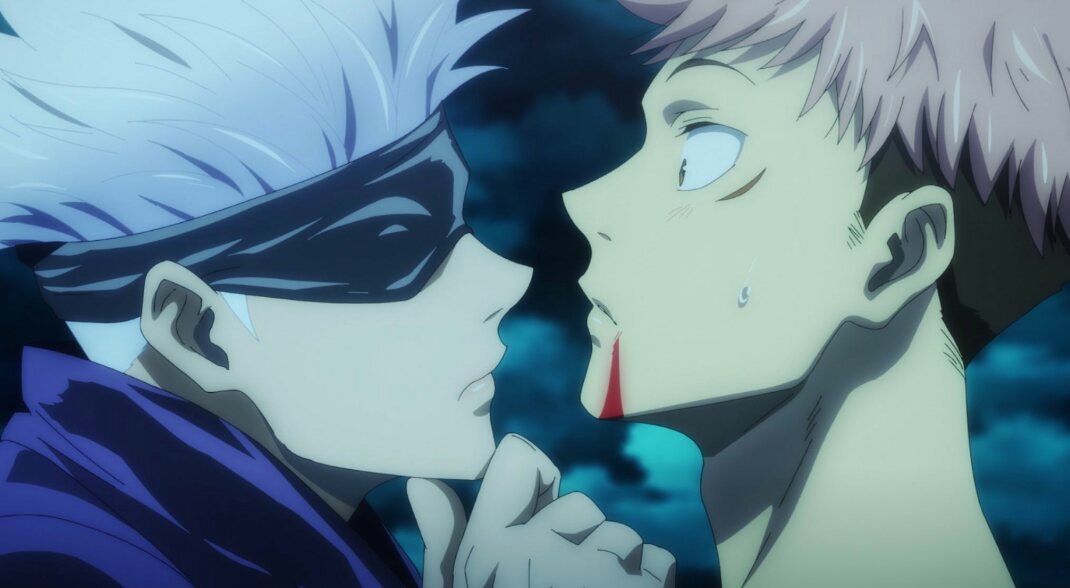
Munou na Nana (2)
“A more meditative unraveling of Nana’s headspace than expected”
Good bounce back episode for Munou na Nana, providing enough in this second showing to be optimistic about how this series will operate on a base level. On a whole, this was a more meditative unraveling of Nana’s headspace than expected, and two essentially succeeds just off of that – navigating her from the inside out all the way through this week’s kill In a satisfying way. Topping that off Nana herself isn’t a brick either – working as the clear lead this week she was responsive, holding up well when selling her scenes and facade. Munou na Nana could still use some polish around its edges, being a bit less predictable in certain scenarios would help, but outside of that, it looks like it has the makings of a fun show.

Maoujou de Oyasumi (1)
“Her tiny victories keep the narrative rewarding and her character is responsive enough to carry whole segments on her own”
Adorable and comfortable, Maoujou de Oyasumi’s opening episode has no difficulty reaching its intended tonal goals. From start to finish it’s actively hard to catch it emotionally out of position; Rarely displaying content that takes you completely away from its cute baseline and often converting some of its more grim jokes and plot beats into tangible charm in the end. Watching Princess Syalis just straight up trying to get a goodnight’s sleep doesn’t make for the most compelling material or premise, and there is a fair risk that a gimmick like this can quickly run thin, but her tiny victories keep the narrative rewarding and her character is responsive enough to carry whole segments on her own. A good start so far given what the show is trying to be.

Ikebukuro West Gate Park (1)
“Makoto shows reasonable signs of being a sturdy lead for this type of narrative”
Ikebukuro West Gate Park begins, operating in the same kinetic space as a Baccano or K Project-style group drama just with notably less style or theatrical appeal to be magnetic. It would have been nice for this start to put a little more stock in coasting on character chemistry: Makoto shows reasonable signs of being a sturdy lead for this type of narrative, and as pre-established friends with King, the lack of lively and devoted exchanges between them feels like a distinct missed opportunity throughout episode one. I don’t have too much doubt that Makoto would be able to effectively sell an approach like that, and it would’ve at least helped in better carrying the fairly weak drug bust plot that this premiere prioritized – but that’s unfortunately not the reality here. Mild performance all in all.

Kamisama ni Natta Hi (1)
“The cut of narrative we follow, while not specifically immersive, offers a fair platform for further drama”
Kamisama ni Natta Hi kicks off to a reasonable start – sporting more to be pleased with in its aesthetic attributes than anything else. The cut of narrative we follow, while not specifically immersive, offers a fair platform for further drama: Hina’s god gimmick never really manifests into the type of compelling plot punches that it easily could, unfortunately finding itself regulated more often than not to mild humor, but this episode has its moments that allude to those greater dramatic possibilities. As for the cast, Hina is quirky and expressive as a lead and Youta bounces off her enough to at least be considered a moderate complement to her theme and act. Unsurprising from a P.A. Works title, and as suggested earlier – the production takes the cake, being the most consistently strong element when observed both in isolation and association with how it aids the broader flow of the show. All in all, the way Kamisama ni Natta Hi builds off of this over these next early weeks will tell a lot, but for now, it appears to be fine.

Tonikaku Kawaii (2)
“The dramatic core of this show, why Tsukasa married Nasa in the first place, is largely swept under the rug”
Making its return, Tonikaku Kawaii checks in, bringing an episode slightly more palpable than before but still pretty mediocre in the bigger picture. The dramatic core of this show, why Tsukasa married Nasa in the first place, is largely swept under the rug in this second showing, and with that, there’s just not much left to fuel this chunk of the story. Sure, there’s a handful of cute moments to be had here and there, but they slowly lose steam the more Nasa’s “I’ve never been in a room with a pretty girl ever” schtick carries on. The comedy still remains a seesaw – with no real gags and jokes throughout our couple’s first night together that produced more than a smirk, and its level of production never seems to elevate episode two’s bigger plot beats.
In hindsight, It would definitely help if Nasa was a better lead – having more modes to his character than “worried” and “embarrassed”, but that’s sadly not the case here. The reality so far is he depends on Tsukasa to generate momentum and intrigue as Nasa alone is flat out not interesting, and in a Romcom that already doesn’t have much of an active narrative spine, that just makes the uphill climb to end up as a good show more cumbersome.
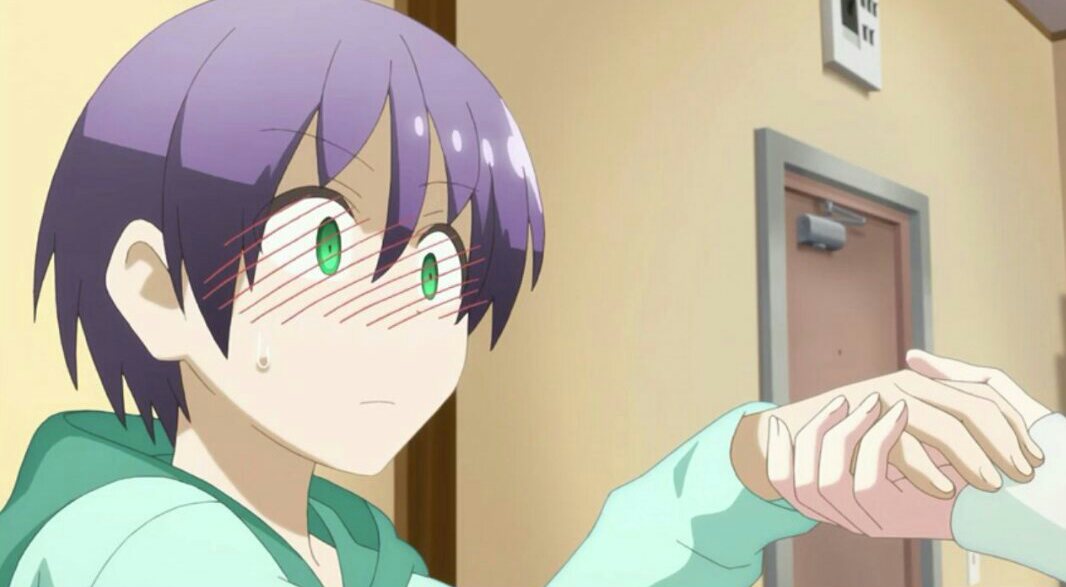
Kimi to Boku no Saigo no Senjou, Aruiwa Sekai ga Hajimaru Seisen (1)
“From physical design to his behavior, Iska comes across as deeply unoriginal and his co-lead in Aliceliese isn’t much better”
Kimi to Boku no Saigo no Senjou, Aruiwa Sekai ga Hajimaru Seisen makes a mixed debut – it’s certainly a romantic action show with relatively good visual craftsmanship, yet the anime vigorously rolls around in conventional light novel plotting, spinning a decent initial set-up into something more generic and cheap by curtain call. It doesn’t take long for KimiSen to begin wetting the bed: From physical design to his behavior, Iska comes across as deeply unoriginal and his co-lead in Aliceliese isn’t much better. The battle they find themselves in for this premiere is woefully uninspired and rather anticlimactic, and whatever mild restraint our writers had not to fuel the narrative on cliches is essentially gone by the second half. At the end of day, KimiSen demonstrates very little to put real confidence in it at this early point, likey a show that will simply get watched due to Wednesdays not having too much going on rather than for its own merits.

Taisou Zamurai (1)
“Feels indecisive on what it wants to be”
In a better world, Taisou Zamurai’s premiere succeeds as a thoughtful introduction about a single parent and his kid, finding a similar emotional structure and delivery as a Kakushigoto, Bunny Drop, Amaama to Inazuma, etc. Disappointingly though we don’t get that, and instead, we receive a first episode that feels indecisive on what it wants to be, somewhat operating in step with the previously mentioned titles, but tonally sabotaging those efforts with bizarre and silly bits. By credit roll, the show leaves the door open pretty wide to straight-up lean heavy on its gymnastic angle, and thus, even finding itself dabbling in sports fundamentals as soon as next week. Couple that with an ED that makes it even more ambiguous to what this show truly wants to be and it’s hard to pin down this one. This episode is relatively rough, but Taisou Zamurai possibly has some tools to work with looking ahead if it just settled on an identity.
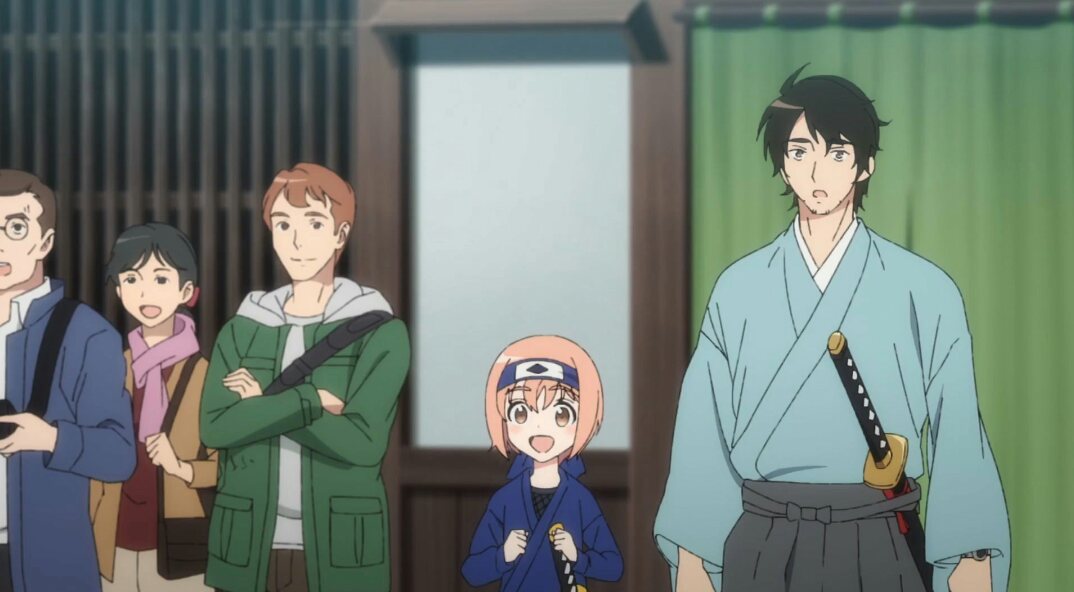
Senyoku no Sigrdrifa (2)
“Lack of solid tactical intrigue and inventive direction makes its aerial battles pretty mundane”
Senyoku no Sigrdrifa had a stable but not truly enticing second episode, with the biggest problem being that so far, the show fails to make its narrative compelling. A large part of that is due to how flat some of this series’ biggest components are at the moment – namely when it comes to the Pillars who feel more like forgettable monsters of the week waiting to be slain than real adversaries applying dramatic pressure. Stacking on that, the lack of solid tactical intrigue and inventive direction makes its aerial battles pretty mundane, which especially hurts as that’s where this series tends to commit a decent chunk of narrative time, in addition to where it pulls the trigger on its climaxes. Shows like this really need to get more fuel out of its script – as the cast isn’t textured nor prioritized enough to effectively rely on. Maybe in a few weeks Senyoku no Sigrdrifa can achieve that, but currently, this is nothing more than average.

Assault Lily: Bouquet (2)
“A twenty-minute escapade loaded with dry exposition and not much else of relevance”
Assault Lily: Bouquet continues its assault on viewers’ patience with a twenty-minute escapade loaded with dry exposition and not much else of relevance. Almost nothing that commands real intrest happens in this second episode, seemingly scripted like an extension of the introduction just with a heavier tinting of yuri bait tossed in. For that, we’re churned through the shoddy pipeline of one-note girls again, meeting them just slightly longer than episode one as they drag on about CHARMS and related facets that would almost certainly be better shown more than told. And that’s followed up and concluded with the grand prize of some more not so vague staging for Yuyu – whose role in this narrative is starting to become a little too telegraphed. If anyone cares, we get to see how to be a generic moe protagonist as well, Riri does an excellent job demonstrating that. So silver lining, right?

Hypnosis Mic: Division Rap Battle (2)
“This show is essentially constructed in such a way where its ridiculous concept is an all or nothing affair”
Hypnosis Mic: Division Rap Battle is on its second showing, which while easily better than its first, still contains enough elements to be wary of. On one hand, It really helps that we ditched the ensemble approach in this one: Just focusing on the Buster Bros paid immediate dividends in terms of pacing and control as the feeling of a staff hastily splitting up screen time across various parties blissfully went away. And on that note, it was also nice to see some genuine interaction at length between group members – Jiro and Saburo’s exchanges did better in carrying their scenes than I expected.
On the other hand, this show is essentially constructed in such a way where its ridiculous concept is an all or nothing affair, there really aren’t any grey areas. You either get on board with people acting like microphones are guns and grenades along with rapping being able to adequately thwart criminals or this show’s brand of storytelling is going to be a rough ride for you. While it may seem like it on paper, this isn’t an impossible sell for Hypnosis Mic to accomplish, but one where mileage will definitely vary for the viewer and where the show would really benefit if it better bridged that gap moving forward.
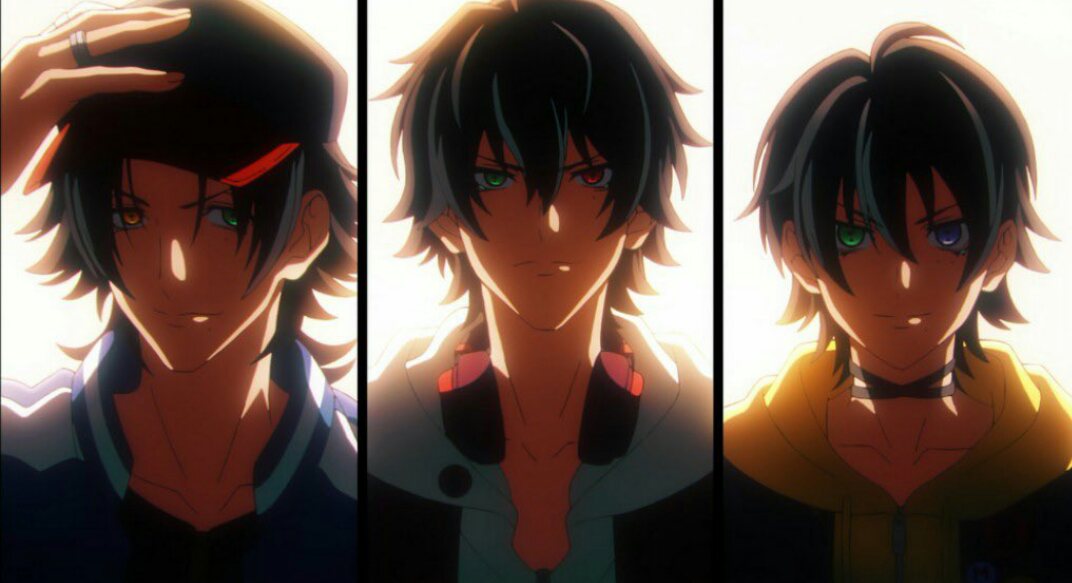
Noblesse (1)
“Might as well be composed straight out of the mid 2000’s”
Finally getting started, Noblesse joins the Fall lineup with a turnout that’s more flat than anything else. From an overview, episode one might as well be composed straight out of the mid 2000’s – its aesthetic execution is underwhelming, feeling on par with the average dexterity of shows from that era, and the script is a template effort that would fit right in with the unremarkable pile of supernatural/action shows of that time. Arguably worse, the character acting we receive here is largely discouraging – with plenty of amateurish, tropey dynamics and interplay especially when it centers on Rai. By credit roll and even in greater consideration of its prequel material, this feels underwhelming, and certainly not a good look for a title that had ample anticipation coming in.
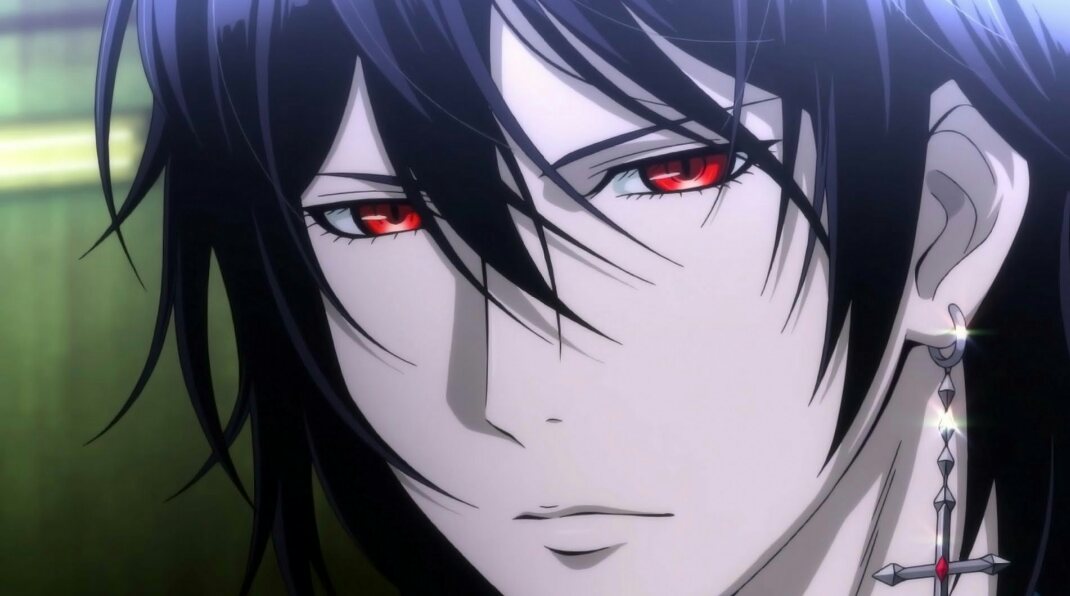
I’m Standing on a Million Lives (2)
“Bringing its smoothie of generic characters, uninspired designs, lukewarm drama, and poor writing whip cream to dump down viewers’ throats”
I’m Standing on a Million Lives returns, bringing its smoothie of generic characters, uninspired designs, lukewarm drama, and poor writing whip cream to dump down viewers’ throats. I’m not sure if episode two is even somewhat conscious of how much it undermines the brief moments it tries to throw texture Yuusuke and Kusue’s way by just being so blatantly cheap and cliche – but it needs to be. The glimpses we get at their background here feel like they’re scripted out of some D-tier visual novel, especially with Kusue’s illness, concerns about being a burden, and need for expensive medicine in the real world. It’s all so tired and only further compounds on an episode that never ends up being worthwhile anywhere. The shakeout of the Troll quest was anticlimactic and lazy, our leading trio still has very little chemistry to be investable as a group, the show’s not polished enough to reliably sell its action, and the narrative is primarily viable out of faint curiosity rather than being actually good. Yet another swing and a miss.
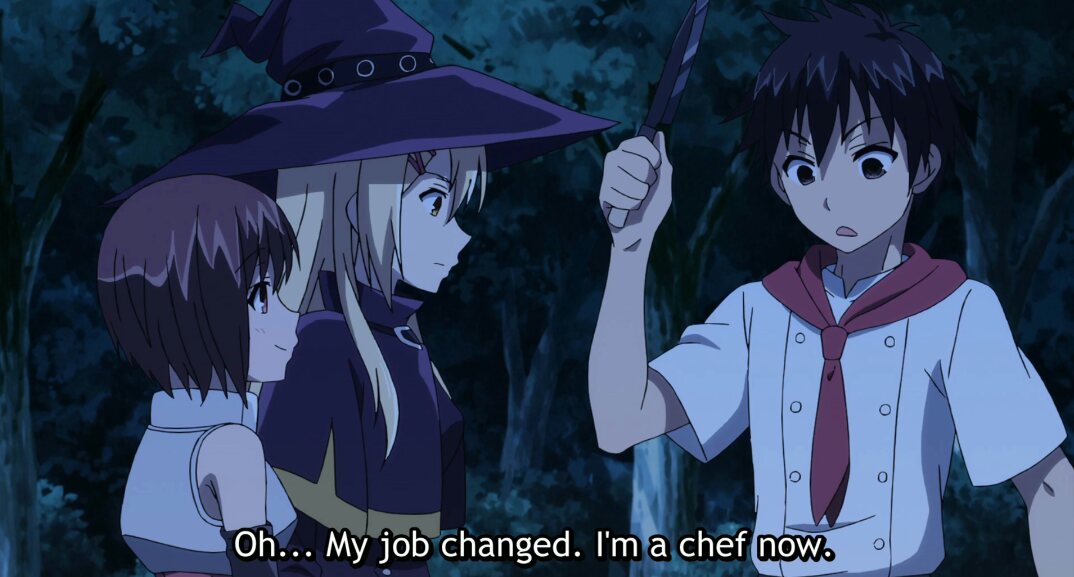
Kuma Kuma Kuma Bear (1)
“Both an unimaginative game world and trite bear gimmick”
Wrapping this blog up, Kuma Kuma Kuma Bear’s first episode is also here, offering a strong first showing if you’re enthusiastic about wasting your personal time and questioning the choices that you make in life. Nothing episode one offers is even remotely compelling or exceptional: this series weaves yet another overpowered, VRMMO playing lead together with both an unimaginative game world and trite bear gimmick into an ugly sweater that you never wanted and have no receipt for. The visuals are middling, and anything of relevant progression or conventional storytelling is basically non-existent here – as one is thrown right into the show’s shenanigans with little explanation or build at all. Once our barely introduced and so far bland protagonist, Yuna, starts croaking on about the generic guild quest that this premiere is built around, you may actually find yourself eying the timer – counting down the minutes until this show is over.
